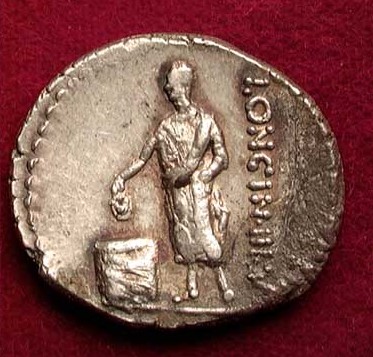A Mathematical Exploration of
Apportionment Procedures Around the World

TABLE OF CONTENTS
CHAPTER I
DEMOCRACY AND ITS MATHEMATICAL DISCONTENTS
1.1 Choosing an Electoral System
1.2 Apportionment Schemes
1.3 The Mathematical Problem
1.4 Assumptions
1.5 A Brief History of Democracy
CHAPTER II
LARGEST REMAINDER METHODS
2.1 The Hare Scheme
2.2 The Droop Scheme
2.3 The Imperiali Scheme
CHAPTER III
DIVISOR METHODS
The d'Hondt Method
The Method of Sainte-Lague
Other European Schemes
The Equal Proportions Method of Huntington
Adam's Method
CHAPTER IV
PROBLEMS AND CONNECTIONS
4.1 Case Study: Electoral College and the Election of 2000
4.2 The Alabama Paradox or House Monotinicity
4.3 The New States Paradox
4.4 Satisfying Quotas
4.5 Divisor Methods Satisfying the Hare Quota
4.6 Measures of Proportionality
4.7 The Concept of Fairness
CHAPTER V
FURTHER INVESTIGATION
5.1 Thresholds
5.2 The Sainte-Lague Criterium and Least Squares
5.3 Probability of Quota Violations
5.4 The Polya Cellular Representation
EXCEL SUPPLEMENT
GLOSSARY
LINKS
